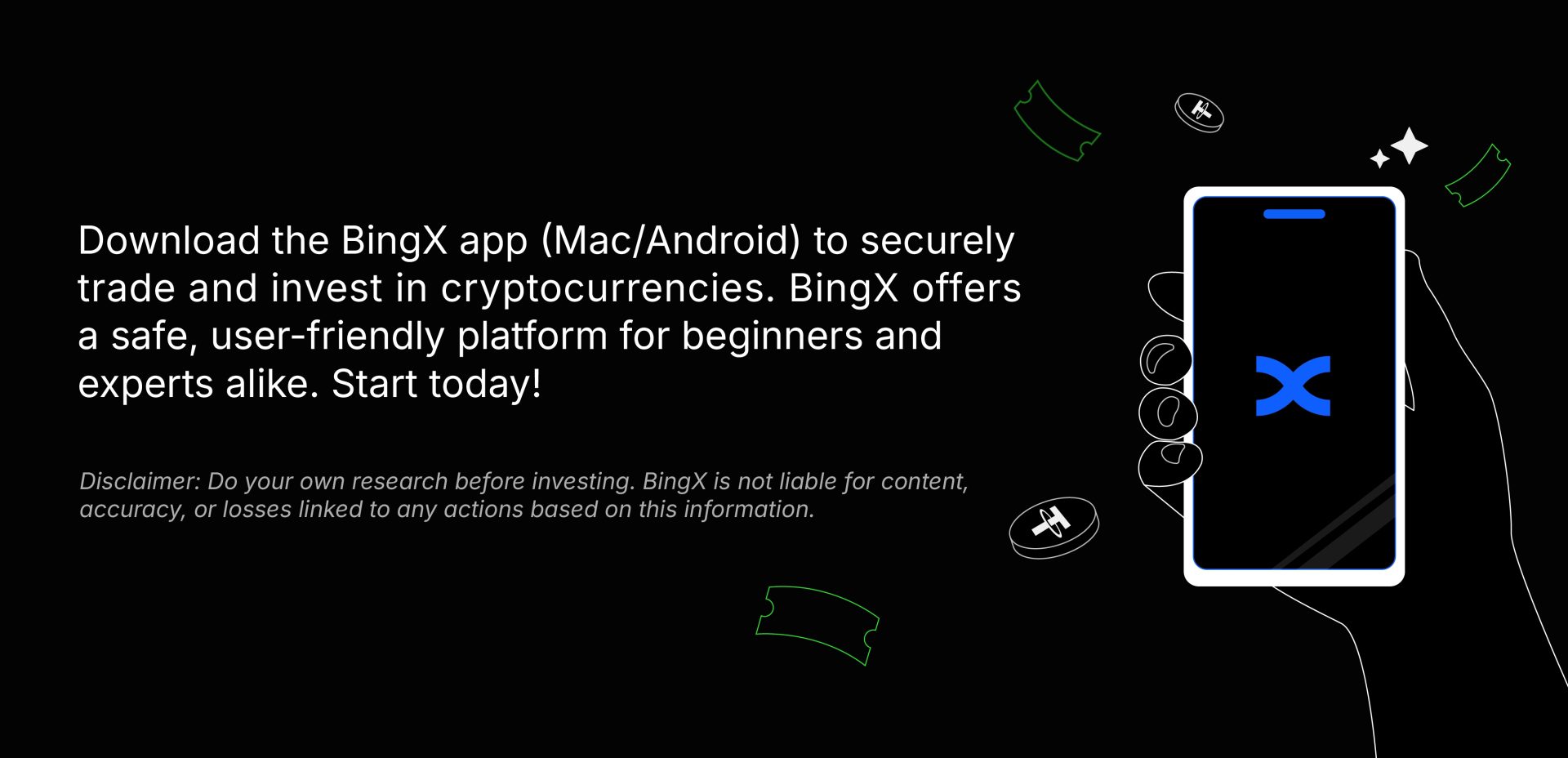
You triple-check your cold storage, update your wallet firmware, and never click suspicious links. But what if the greatest threat to your crypto isn’t digital at all? What if it’s someone standing behind you, holding a wrench and demanding your seed phrase? The infamous “$5 wrench attack” has moved from meme to menace, and real-world incidents are showing that no one is immune, not even in broad daylight, not even in Paris.
This isn’t a paranoid fantasy. In a recent case, masked attackers attempted to kidnap the daughter and grandson of a well-known French crypto CEO, aiming to extort wallet access through intimidation. Criminals are no longer waiting behind screens. They’re showing up at doorsteps, gym parking lots, and even homes. And if you’re flashing wealth online or dropping hints in casual conversations, you might be next.
The $5 Wrench Is Getting Sharper
Violent crypto-related robberies are on the rise globally. In Argentina, a man was tortured in front of his children until he revealed wallet access. In the UK, home invasions have become a go-to tactic for targeting high-profile traders. The criminals are adapting fast, often skipping complex hacking methods in favor of old-fashioned brute force. While law enforcement is beginning to take these cases more seriously, including high-level talks between French officials and crypto firms, most of the burden still falls on individuals. And the solution isn’t just stronger safes or better firewalls. It starts with how and where you talk about your crypto.
Keep It Quieter, Keep It Safe
Here’s a simple rule: if someone doesn’t need to know about your crypto, don’t tell them. Boasting about gains at parties, mentioning your holdings in casual chats, or even wearing merch from your favorite token project in public can make you a target. The less you broadcast, the safer you are. You’d also be more cautious online. Many of these attacks start with breadcrumbs on social media. Photos showing expensive cars, exotic travel, or hardware wallets can attract attention. Even tweeting crypto memes with “made it” captions can lead criminals straight to your profile. Practice digital minimalism when it comes to wealth and remember, flexing gets you followers, but it can also get you followed home.
Plan for the Worst, Live Without Fear
Consider creating decoy wallets with small sums. Set up multi-sig wallets that require another person’s approval to access. Keep your seed phrases in multiple secure locations but never all in one spot. And if possible, use custodial services with high-level protections, especially for large holdings.
This is where professional exchanges like BingX offer a serious edge. With robust security infrastructure, insurance protections, and responsive customer support, they provide a safer option than storing everything yourself, especially in high-risk environments. Self-custody is powerful, but if you’re not prepared for physical risks, it can be a double-edged sword.
Stay Humble, Stay Unbreakable
Let’s be honest: if someone’s holding a wrench, your offline backup plan better be tighter than your biceps. The crypto world talks endlessly about decentralization and autonomy, but personal safety must evolve just as rapidly. That means smart habits, secure systems, and zero ego.
Yes, crypto is about freedom. But without discretion and discipline, that freedom can turn into vulnerability. Stay quiet, stay safe, and trade smart. And maybe, just maybe, save the moon emojis for your group chats. BingX is here to support you not just with market insights, but with the infrastructure to help you sleep at night. Wrench-free.
Related Reading
1. Top Tips and Practices to Secure Your BingX Account (2025)
2. Top Crypto Phishing Scams to Know and How to Spot Them in 2025
3. What Are the Top AI Crypto Scams of 2025 and How to Stay Safe?
4. Top 7 P2P Crypto Scams in 2025 and How to Avoid Them on BingX
5. Beyond Passwords: Precautionary Measures Against Modern Physical Threats to Digital Security
